Its widely understood that 529 plans are tax-advantaged education savings vehicles and that there are two types of 529 plans — savings plans and prepaid tuition plans. The tax advantages of each are the same, but the account features are very different. While much of this seems to be known about 529 plans, the pandemic only heightened uncertainty around what expenses are covered for the modern post-secondary student. This blog hopes to cover some of those lesser-known qualified expenses.
What are Qualified Expenses?
A qualified expense with respect to 529 savings plans are generally expenses related to the designated beneficiary’s education. In Colorado, qualified expenses relate only to post-secondary education and not K-12 expenses. Post-secondary education expenses are broadly defined as college/university, trade school and apprenticeship programs. These expenses cannot exceed those made public by the school typically via the financial aid office on its website. Some common examples of qualified expenses include tuition, room and board and books and supplies. Qualified expenses may give the account owner the tax benefits that are widely discussed.
Less Common Qualified Expenses
It seems as if the scene of frantic families unloading dorm essentials from the car was harder to find over the last two years. Many students had been or are living at home, which left many parents questioning what expenses are qualified for 529 savings purposes. Below is a list of some post-secondary expenses that are qualified and less commonly discussed:
Certain Off-campus Rent Expenses
Living off-campus, including at home, may be a qualified expense that can be paid for by a 529 savings plan so long as the designated beneficiary of the plan is enrolled in a post-secondary education program at least half-time. Please check with your designated beneficiary’s institution for the definition of half-time as it can vary. The rules stipulate that the off campus rent expense cannot exceed the institution’s published cost of attendance allowance for room and board. This information can typically be found on the institution’s website or requested from the institution’s finance department.
Food and utility expenses related to off-campus living may also fall into this room and board allowance. If applicable, these off-campus food and utility expenses may be considered qualified. It is recommended that receipts supporting these expenses be kept supporting any withdrawals from a 529 savings plan.
Computers/Software and Internet Access
For computers, software and equipment such as keyboards, mice, printers etc., to be considered qualified it must be used primarily by the designated beneficiary of the 529 at the post-secondary institution. Again, it is recommended that receipts supporting these expenses be kept supporting any withdrawals from a 529 savings plan. Other expenses, like cable tv that may be bundled into the internet cost, are not qualified expenses for 529 purposes according to Colorado College Invest.
Student Loan Repayment
With the passage of the 2019 “Setting Every Community Up for Retirement Enhancement Act” (SECURE ACT), some 529 distributions may be used to repay principal and/or interest on qualified student loans for the designated beneficiary and certain other individuals. To be deemed qualified, the total distribution(s) from all 529 plans associated with the designated beneficiary is limited to $10,000 per borrower. The loan must meet strict guidelines to qualify so it is recommended to check with your plan administrator prior to making any distribution. Furthermore, not every state has conformed to the SECURE Act so check with your state’s 529 plan administrator. To date, Colorado does not follow the SECURE Act and considers student loan repayment to be a non-qualified withdrawal.
Conclusion
The impact of the pandemic is still unfolding, and the above list is meant for educational purposes. We encourage you to review all your tax, financial or legal questions with your CPA, financial professional or Attorney.
Disclosures
Before investing in a 529 plan, please consider the investment objectives, risks, charges, and expenses carefully. The official disclosure statements and applicable prospectuses, which contain this and other information about the investment options, underlying investments, and investment company, can be obtained by contacting your financial professional. You should read these materials carefully before investing. As with other investments, there are generally fees and expenses associated with participation in a 529 plan. There is also the risk that the investments may lose money or not perform well enough to cover college costs as anticipated. Investment earnings accumulate on a tax-deferred basis, and withdrawals are tax-free if they are used for qualified education expenses. For withdrawals not used for qualified education expenses, earnings may be subject to taxation as ordinary income and possibly a 10% federal income tax penalty. The tax implications of a 529 plan should be discussed with your legal and/or tax professionals because they can vary significantly from state to state. Also be aware that most states offer their own 529 plans, which may provide advantages and benefits exclusively for their residents and taxpayers. These other state benefits may include financial aid, scholarship funds, and protection from creditors.
share article
Get our latest insights
Subscribe to our quarterly newsletter for all the latest news and information about investing and financial planning.
